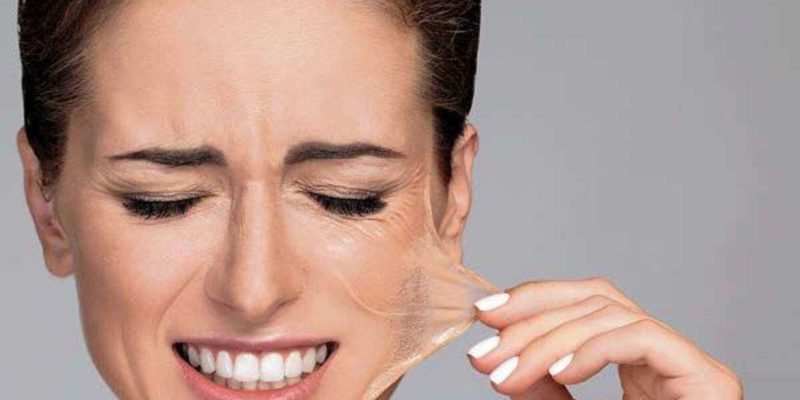For the past years, chemical peels in Brighton have gained popularity, thanks to the fresh, new skin the chemical compounds reveal after the treatment. Wrinkles are a normal part of aging and you should not dread the process. However, that does not mean you should not do anything to counteract aging signs. Flaunting youthful skin is a desire no one wants to let go of. Fortunately, there are several options you can discuss with your aesthetician to restore your chic look.
Are Chemical Peels Suitable for Everyone?
Chemical peels are not for everyone. Your doctor is likely to caution you when you have:
- A family or personal history of keloids.
- Are pregnant.
- Taken oral acne prescription medication (particularly isotretinoin) for the past six months.
- Frequent cold sores outbreak.
What Should You Expect Before the Treatment?
Before you go for a chemical peel, your doctor will first go through your medical history. The professional will ask you several questions about your present and past medical conditions and the medications you are taking or took previously. He may also inquire about possible cosmetic procedures you have gone through.
After evaluation, your doctor will inspect your skin, especially your treatment areas, to determine the type of peel that will work best with your condition and suit your aesthetic needs. The healthcare professional may also discuss your expectations. He may inquire of your expectations, motivations, and inform you of the number of treatments you are likely to have, downtime, and what you should expect.
What Happens During the Treatment?
Your doctor will start by cleaning your face, then protect your hair and cover your eyes. You might not need pain relievers if your doctor opts for a light chemical peel. However, you might need pain relievers or a sedative when you have a medium peel and a sedative, numbing cream, and fluids through an IV when you go for deep peels.
During a light peel treatment, your doctor will apply a chemical solution (glycolic acid or salicylic acid) to your treatment areas. You are likely to experience a mild stinging effect when the solution starts to work on your skin. The healthcare expert will then apply a neutralizing agent or wash the treatment areas to remove the solution.
Unlike the light peel, the medium peel entails using trichloroacetic acid to treat your aesthetic concerns. A few minutes later (when your treated skin begins to turn white), your aesthetician will use cool compressions to soothe your treatment areas. However, you might still feel a burning sensation for approximately 20minutes. Finally, during a deep chemical peel treatment, your doctor will administer intravenous fluids as he watches your heart rate. The healthcare provider will then apply carbolic acid to your skin and watch as the chemical solution takes effect before wiping it from your skin.
Whichever medical peel your aesthetician will recommend, you are likely to have irritated and swollen skin afterward. However, your doctor will give you directions on how to take care of your skin to facilitate the healing process. Schedule an appointment with your doctor before the treatment to know the type of feel that best suits your aesthetic concerns.













Comments